Roses are red, violets are blue, and the colour of your car could say a lot about you. That comes according to several psychologists and automotive colour experts, anyway.
Research shows that the colour of the car you drive telegraphs a lot about what feelings you consider to be important, and also how you perceive yourself. Trends in car colours change like they do in the fashion industry, but at a much slower pace, yet involve just as much emotion and personalisation for the people who choose them.
“It’s about buying something that makes a statement about your personality,” Cathy Bass, a senior designer for Bentley, said. “When you’re buying a new car, it’s critical.”
When it comes to figuring out how tones relate to personality, it’s fairly common sense: bright, bold colours like red and yellow are associated with sporty cars and aggressive drivers, while dramatic shades of green and teal give a “performance aesthetic”, Bass says.
On the other side of the fence, neutral and faint colours and considered calm and luxurious, while the drivers of black cars are more likely to view themselves as rebellious, powerful and great in bed, according to a survey from rental firm Flexed.
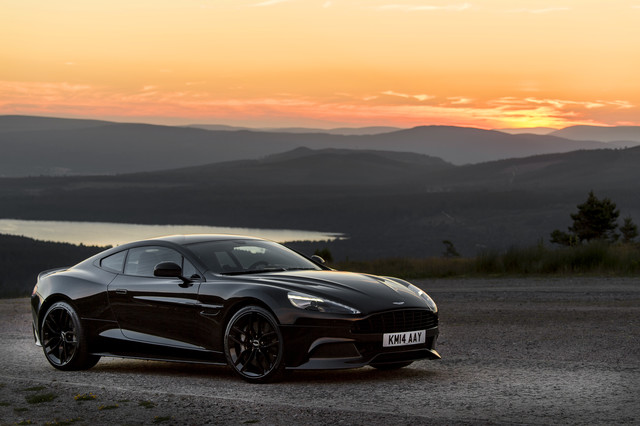
Interestingly, Bass, who has worked as a colour expert for nearly 30 years, says that often the choice of colour will be different when the person spending the money is with their partner.
“The female companions in particular play an important role in the selection of both the interior and exterior of the car,” she says. “A lot of the gentlemen say they’re interested in the engine and the performance, and, ‘I let my wife pick the colour.’”
While some colours, like white, are considered to be timeless, others are chosen based on trends. Teal was in fashion in the 1990s for drivers who wanted to display their quirkiness, while cinnamon, coffee colours and other browns are becoming increasingly popular in recent years.
According to market analysts CAP, green, yellow, gold and even beige have now officially appeared in the Top 10 list of colours that drivers are interested in buying, buoyed up by the power of retro fashion, which is having a significant influence on buying habits.
CAP consumer specialist Philip Nothard says: “Evidence that a significant number of people are trying to find brown cars to buy would have seemed crazy just a few years ago, but they are. You can’t underestimate the power of ‘retro chic’ in consumer taste.”
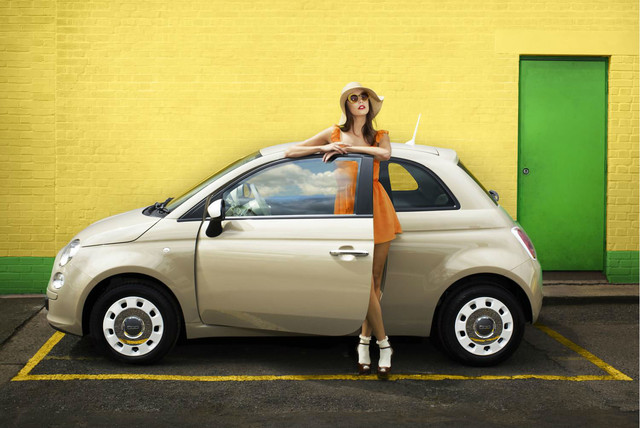
Likewise, Dame Zandra Rhodes, who helped to put British fashion on the map back in the 70s, said that the decade’s style is apparently coming back into fashion, not just with clothes but with cars too.
“The 70s were when people dared to stick their necks out, and they might dare to stick them out again,” she said. “And we are only just beginning to see a whole new array of metal shades including coppery tones, bronzes, pewtered metals and perhaps even a rose gold.”
According to Bass, who scours fashion shows, furniture fairs, magazines and even textile markets on the hunt for hues to excite Bentley owners, it all boils down to what people want. Or rather, what they will want.
After all, colour specialists working for car manufacturers have to accurately predict the future of the marketplace for the three or four years that it takes a new car to make it from the drawing board to the showroom. Economic downturns lead to muted, greyer colours, while upswing years translate to brighter and bolder hues.
But does money buy taste? Most people will tell you no, but when it comes to choosing colours for luxury cars, it seems as though buyers who splash out for expensive vehicles are actually fairly sensible with their aesthetic choices.
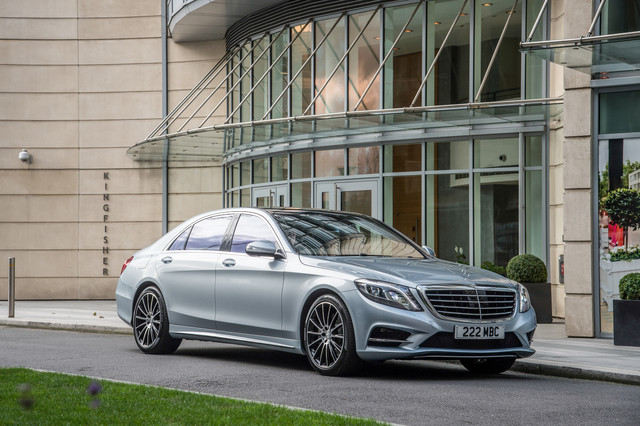
Rather than a violent shade of Lamborghini green, McLaren orange or even the classic Ferrari red, the vast majority of expensive cars sold are either white, silver or grey. The reason, experts claim, is that those are the colours which are most associated with timelessness. People like them because they seem sophisticated, elegant and, at the very least, inoffensive.
Boring? Maybe a little, but according to data, silver remains the choice for around a third of luxury vehicles, while another 30 per cent are some variation of white. In contrast, despite being a popular hue for cars in general, only 8.5 per cent of all luxury vehicles sold last year were black.
A lot of it also boils down to residual values; if you’re going to spend £50,000 or more on a luxury car, you don’t want to end up essentially pouring that money down the drain and finding it difficult to sell on in the future.
Eric Ibara, director of residual value consulting at vehicle valuation company Kelley Blue Book, says: “The manufacturers have learned which colours are most appropriate for their vehicles. If you stick with the traditional whites and silvers and blacks, then you really can’t go wrong.”
Unfortunately, some buyers do nonetheless end up going wrong. According to a Kelley Blue Book study, if you’re trying to flog a car painted or trimmed in an unpopular shade, you could see the value of the vehicle fall by hundreds or even thousands of pounds.
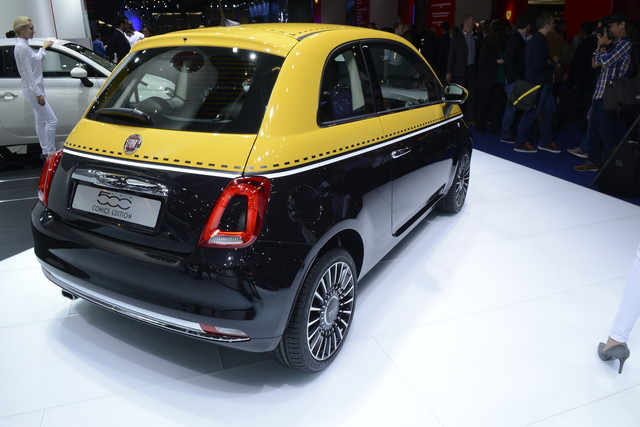
It’s not just restricted to luxury vehicles, either. Even small everyday hatchbacks can suffer drastically at the hands of buyers who are a little too eager to express themselves with wacky paintjobs and colourful trim options.
“You could have two Vauxhall ADAMs that are ostensibly the same on paper but, in the metal, are clearly hundreds or thousands of pounds apart in value because of choices that the original buyer made, says Rupert Pontin of UK valuations experts Glass’s Guide.
However, he added that, as the attractiveness of personalised vehicles is so subjective to each buyer, it can often be difficult to predict how much they’ll appeal to individual buyers in the long run.
“The mauve supermini with a tartan roof and yellow wing mirrors running on 13-inch white alloys might look horrendous to a middle aged man like me but great to a 17 year old who has just passed their test,” he said. “The problem is that the trade finds it very difficult to know how to value some of these vehicles so will tend to price them down in order to minimise the financial risk.”
As well as individual taste, location has a massive effect on which colours are popular on any given car. The general rule of thumb seems to be that the more sun an area gets, the more popular bright, light and pale colours will be.
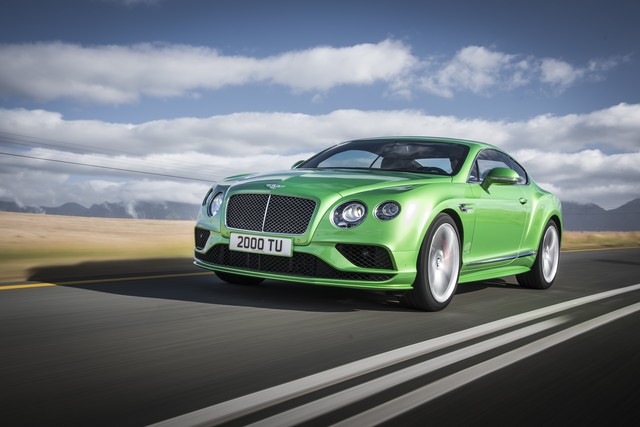
On a global scale, Bentley sells some of its crazier colour options, like bright orange and electric blue, to the Middle East, where the bright sunlight affects the appearance of the car differently to how it would in dreary Crewe. Shape is similarly important; a bright yellow van will look entirely different to a bright yellow MX-5 or Focus ST.
At the end of the day, Cathy Bass says that whether it’s choosing between ten colours for a Fiesta or 90-plus for a Bentley Continental, it’s all about finding the sweet spot between loving a particular colour and recognising whether or not it’s right for your car.
“It’s one thing to love a colour and another to know is it right for your car,” she says. “You might be emotionally drawn to a brilliant colour because you like frogs, but that doesn’t mean you should be driving one.”
As a result, if you’re unsure about pulling the trigger on that brightly-hued new car you might be best off keeping the colour restricted to your personality. Unless it’s silver, of course.



